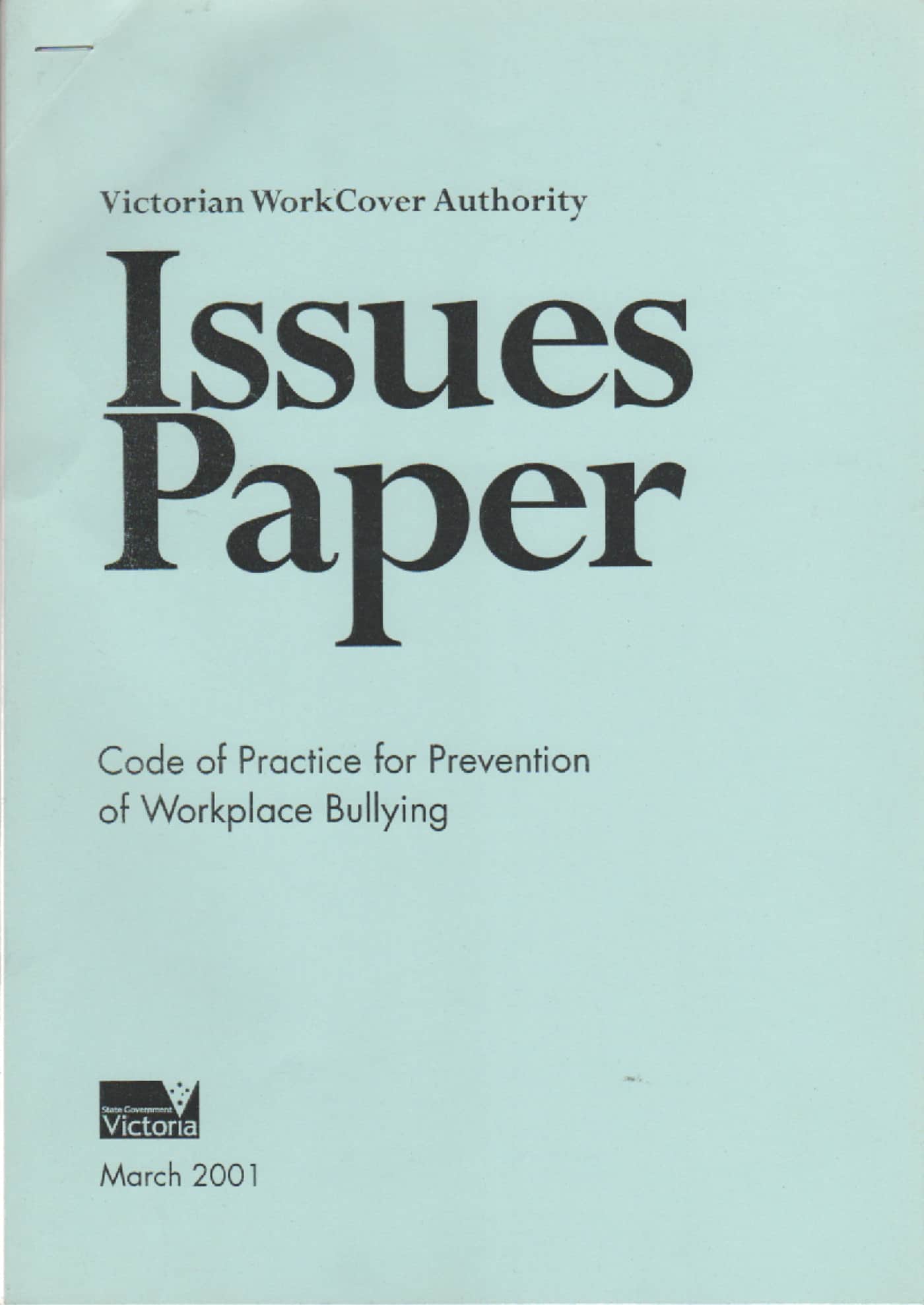The lower house (thanks, Rex) of the Australian Parliament has passed amendments to its industrial relations laws, the Fair Work Act, to allow for matters concerning workplace bullying to be heard in its Commission, once the laws pass the Senate.. But recent media and parliamentary discussion on this action seems to forgotten the welfare of the bullied workers.
Professor Andrew Stewart of the University of Adelaide is reported to have said that there is a risk that the Fair Work Commission will be “swamped” with bullying complaints and that a system of filtering should be applied. Such a mechanism is supported by Professor Ron McCallum who said in The Australian on 14 June 2013:
“I would agree with the Coalition that there should be some filtering mechanism because we don’t know how many complaints there are going to be,” he said. “There’s been wildly varying suggestions.
Continue reading “Legal changes on workplace bullying are forgetting the workers”




